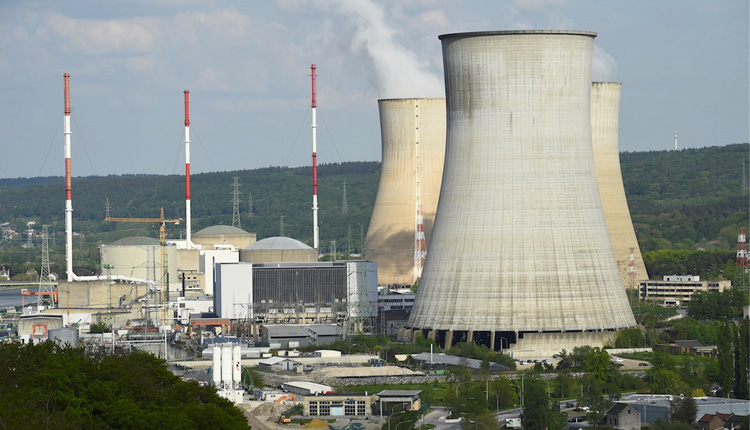Continual maintenance and impeccable operation are two essential pillars at any nuclear power plant (NPP).
In order to ensure maximum safety, reliability, and profitability at any NPP, there’s careful, conservative operation, and well-planned measures that should be conducted and pursued. In addition, some procedures should also be taken to minimise risks to workers, the public, and the environment at large. Also, internal and external self-assessments, an independent regulatory body that provides oversight through inspection activities, and enforcement action should be regularly carried out at any well-established and robust NPP.
As a result, the International Atomic Energy Agency’s (IAEA) safety standards were formed to provide guidelines pertinent to maintenance and operation at any NPP. The responsibility of handling these two tasks, falls upon the organisation that is operating the NPP itself. That is to say, the people working on the workflow at the NPP should be held accountable if any of the safety standards was unheeded, breached, or missed.
It is noteworthy that “IAEA’s Safety Standards, developed on the basis of international consensus, address all aspects of safety in the operation of nuclear power plants and regulatory activities. They include requirements for the management of safety and the organisational and technical aspects of safety during the life cycle of nuclear power plants. They include implementing guides for all major types of facilities.” Not only does IAEA devise its renowned safety standards, but also it offers relentless safety review services that are in line with their regulations.
To reinforce safety at any NPP, maintenance should always be prioritised. As mentioned before, IAEA plays a pivotal role in ensuring that safety is duly applied. Nonetheless, the organisation that manages the NPP itself, should pay close attention to maintenance. This task encompasses preventive and corrective measures which confirm that all structures, systems, and components are free of error. Later, when all measures of maintenance are abided by properly, and when the NPP undergoes regular safety reviews and assessments, only then its operating licence is revalidated.
Following all the safety measures and standards imposed by the IAEA, nuclear safety standards were radically revised. Suffice to say that today, from 50 percent to 70 percent of costs when building a nuclear power plant are related to implementing reliable safety systems.
Nowadays, modern NPPs, as well as the majority of operating plants, are powered by reactors are pressurised water reactors – the specific reactors in this category used in Russia are called VVER reactors.
The Modern NPP control systems exemplified by VVER-1200, which is chosen for Dabaa NPP, provide automatic error correction for any incorrect actions taken by personnel, this also triggers multilevel protection systems. In addition to modern active safety systems, nuclear power plants based on VVER-1200 of the latest Generation 3+ reactors also have passive safety systems. This means relying on the forces of nature, such as gravity, it neither require a power source nor intervention from an operator or machinery), which completely eliminates the risk of human error and sabotage.
Now that all the fundamental steps were mentioned regarding the maintenance and operation at any NPP, Egypt’s Dabaa NPP will host GEN3+ reactor that is the safest technology solely relying on the combination of active and passive safety systems that can prevent from human errors and withstand external and internal hazards without interference for NPP operation.
There are three operational power units in Russia at Novovoronezh NPP and Leningrad NPP based on the aforementioned GEN3+ reactors. Moreover, construction was completed and start-up operations began at the fourth Russian Gen 3+ power unit with VVER-1200 at the Leningrad NPP. The physical start-up of VVER-1200-based Unit 1 at the Belarusian NPP, the first NPP in Belarus implemented by Rosatom, began this August which marks a milestone for the history of Belarus’s power industry. This indicates that Dabaa NPP project relies on tested and successfully operating reactor technologies that have demonstrated clear successes.



